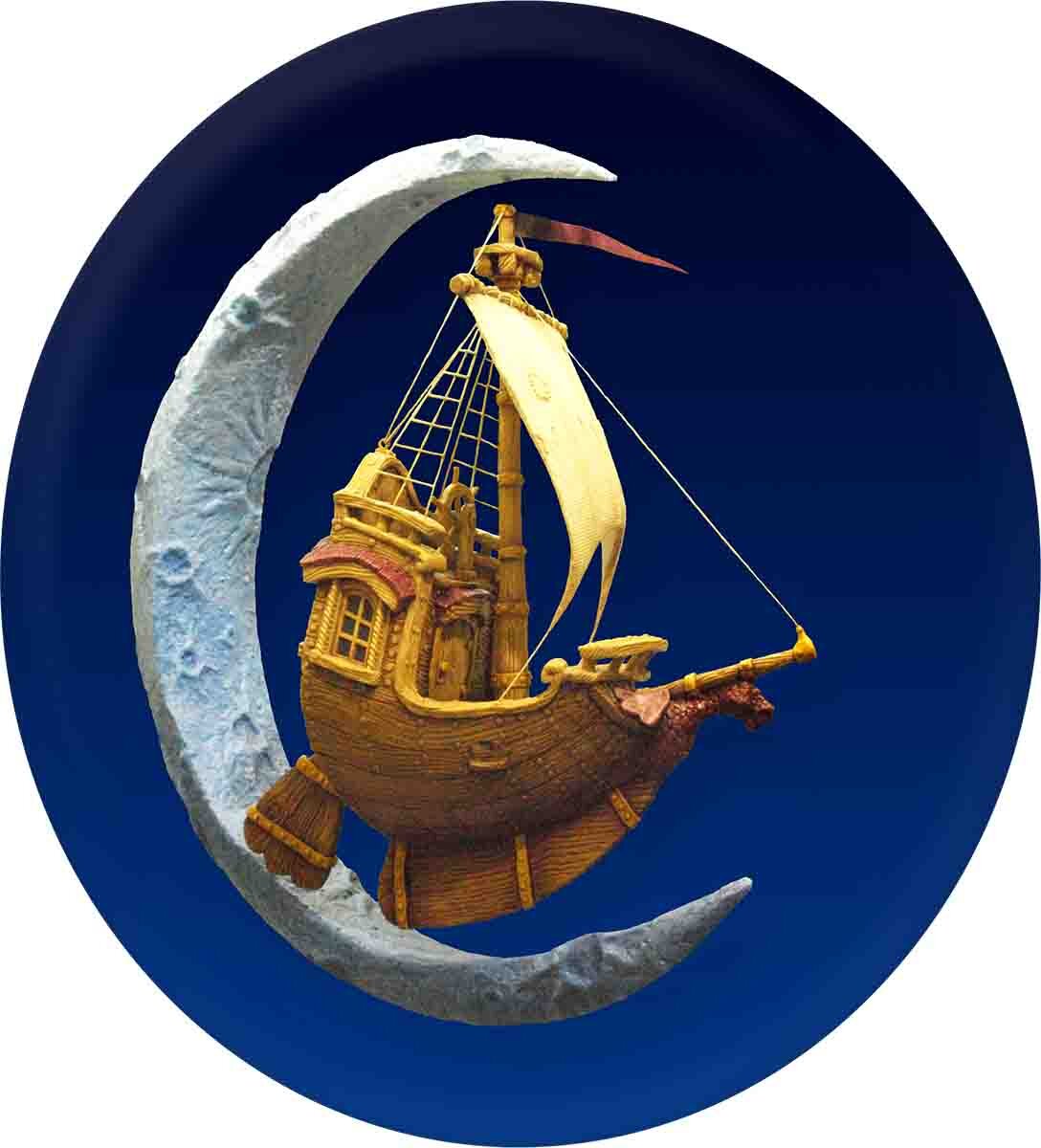The Order of the Fitch
One of the few “duties” of a loyal member of the Order of the Fitch is to design and build a personal Emblem of the Order. Every member’s emblem is unique, with the exception of two features. First, each emblem should have a pseudo-chivalric air. Second, each design must incorporate a fitch and a mahlstick.
This “introductory series” will follow the design and construction of my personal Order Emblem and will focus, as much as possible, on the fundamentals of the process.
Designing an Emblem
I roughed out my emblem design in Procreate, opting for a simple wooden shield, encircled by a belt and backed with a crossed fitch & mahlstick. A crowned boar’s head will be emblazoned on the shield (a nod to the traditional hog bristle fitch).
My emblem’s design will be relatively straightforward to build in EnRoute — the belt will be the most challenging element (because it wraps around the shield). We will take the time to explore at least one or two ways to build each element. By the time we are finished, you should have a basic grasp of a handful of the program’s capabilities.
Opening a New File
With our design in hand, we can start a new file in EnRoute. We will keep the finished emblem relatively small (no more that 2’ across and 2” thick). I have defined my “plate” (the area to be routed) as 24” x 24” x 2” and set the “surface” to the top of the plate. These parameters can all be changed later.
I am working with imperial units (although Canada uses the metric system, imperial units continue to be used in the construction industry), but you can also choose metric units when you install EnRoute.
Importing a Bitmap
Next, we will import the design sketch. EnRoute will import .bmp, .jpg and .pdf images. You will notice that I imported a light green version of the sketch — this will be helpful later.
With the design selected, press F2 to open the “Precision Input Centre.” Ensure “Proportional” is checked before entering an appropriate width or height to resize the sketch.
Creating Contours
Now we are ready to start creating the vector “contours” we will use to build our 3D “reliefs.”
There are a number of ways to create contours. For instance, if our sketch was tighter/cleaner/darker, we could trace it with Enroute’s “vectorize bitmap” function. Alternately, we could have created the vector contours in Illustrator and imported them directly (eliminating the need to import the sketch). Instead, to create our basic contours, we will simply trace the line work by hand.
In our next instalment, we will look at a few ways to draw vector contours in EnRoute.















